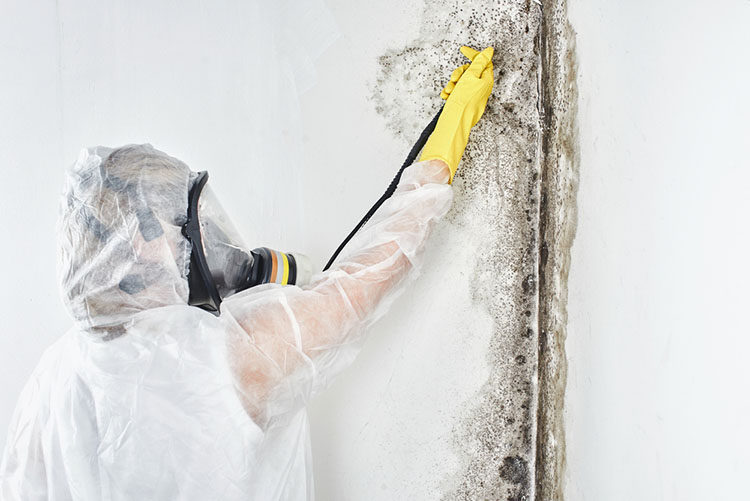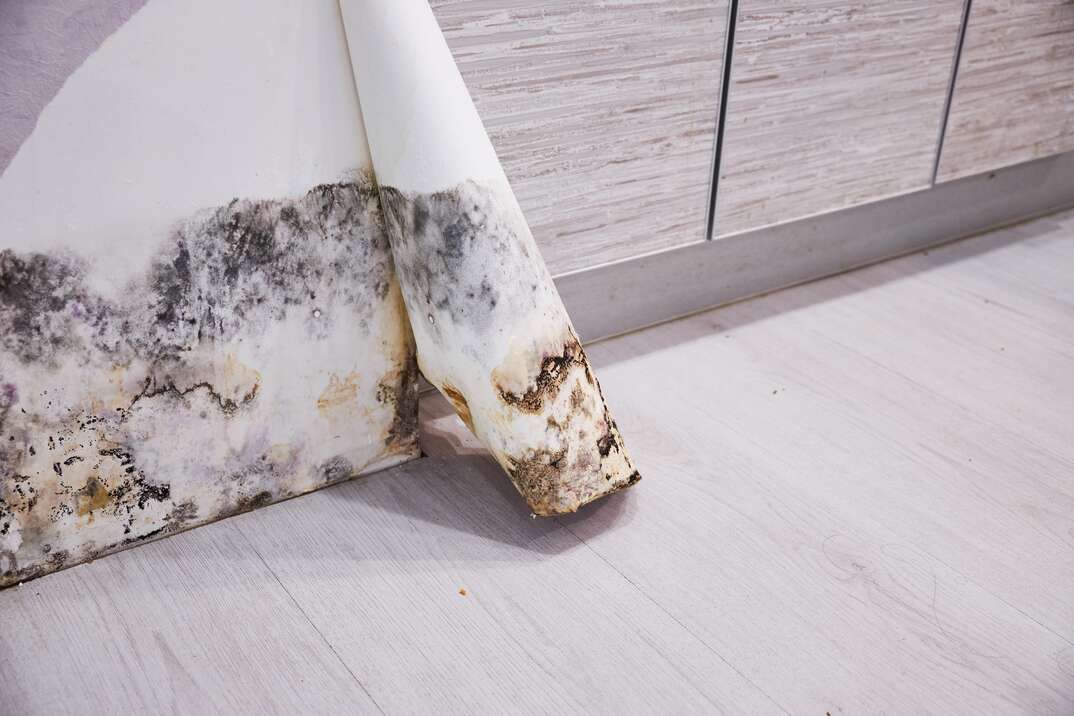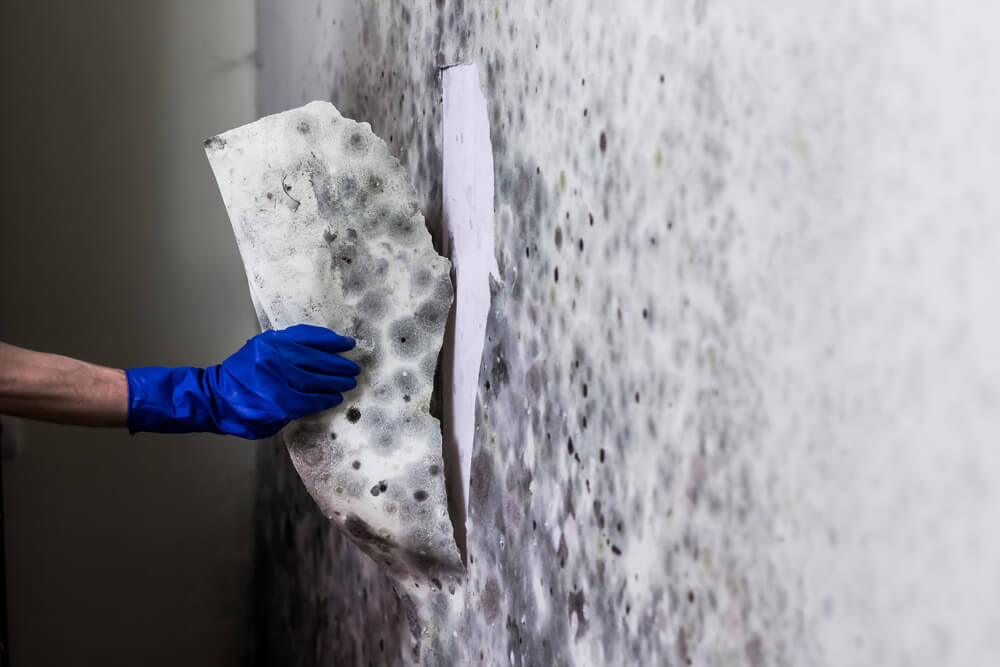Comprehensive Post Mold Remediation Procedures
Comprehensive Post Mold Remediation Procedures
Blog Article
Your Ultimate Overview to Message Mold And Mildew Remediation Techniques
In the results of mold and mildew invasion, understanding how to efficiently remove the mold and stop its reoccurrence is vital for keeping a healthy and balanced indoor setting. From picking the ideal cleaning and sanitizing techniques to executing techniques for long-term mold and mildew prevention, each step in the removal trip plays a crucial duty in ensuring a successful result.
Understanding Post-Mold Remediation Refine
After finishing the mold remediation procedure, it is crucial to understand the post-mold remediation techniques that are necessary to ensure a efficient and extensive clean-up. Once the mold and mildew has been removed, the following action entails cleansing and disinfecting the impacted areas to stop any regrowth of mold and mildew.
Furthermore, performing a final examination post-remediation is crucial to guarantee that all mold and mildew has actually been successfully eradicated. This assessment ought to entail a detailed aesthetic check as well as perhaps air sampling to verify the absence of mold and mildew spores in the air. Extra removal may be required if the examination reveals any kind of lingering mold and mildew. Enlightening occupants on precautionary procedures such as regulating moisture levels and immediately resolving any water leaks can assist preserve a mold-free setting.
Reliable Cleansing and Disinfecting Techniques

Protecting Against Future Mold Development

Value of Appropriate Ventilation
Correct air flow plays an essential role in protecting against dampness accumulation, an essential element in mold and mildew development within indoor environments. Reliable air flow systems help eliminate excess humidity from the air, lowering the possibilities of mold spores locating the wetness they require to sprout and spread. Without sufficient air flow, interior spaces can come to be a breeding ground for mold and mildew, bring about prospective health dangers and structural damage.
By ensuring appropriate air circulation, air flow systems can also assist in drying damp locations much more quickly after water damages or flooding incidents, additionally deterring mold development. Post Remediation Inspection near me. In rooms like restrooms, attics, cooking areas, and basements where moisture levels often tend to be higher, installing and maintaining efficient air flow systems is important in protecting against mold and mildew infestations

Tracking and Upkeep Tips
Provided the critical function that correct ventilation plays in protecting against mold development, it is crucial to establish efficient surveillance and maintenance pointers to guarantee the ongoing performance of air flow systems. Routine inspections of ventilation systems must be performed to look for any indicators of blockages, leaks, or breakdowns that can impede appropriate air flow. Surveillance humidity levels within the property is likewise vital, as high humidity can add to mold and mildew development. Installing a hygrometer can help track humidity levels and alert house owners to any type of spikes that might call for focus. Additionally, guaranteeing that air filters are frequently cleaned up or replaced is vital for preserving the effectiveness of the ventilation system. Carrying out a routine for routine maintenance tasks, such as duct cleansing and HVAC system inspections, can assist stop problems before they escalate. By remaining aggressive and mindful to the problem of ventilation systems, home owners can effectively minimize the threat of mold and mildew regrowth and preserve a healthy interior atmosphere.
Conclusion
To conclude, post-mold removal techniques are important for making sure a tidy and secure setting. Comprehending the procedure, executing reliable cleansing and decontaminating techniques, preventing future mold growth, keeping correct air flow, and regular surveillance are all essential action in the removal procedure. By adhering to these guidelines, you can effectively get rid of mold and mildew and stop its return, advertising a healthy living or working area for all occupants.
In the consequences of mold invasion, understanding exactly how to successfully remove the mold and mildew and stop its reoccurrence is extremely important for keeping a healthy and balanced interior setting. When the mold and mildew has actually been eliminated, the next step entails cleansing and sanitizing the impacted areas to avoid any type of regrowth of mold - what to do after mold remediation what to do after mold remediation. After getting rid of noticeable mold growth, it is essential to clean all surface areas in the afflicted area to get rid of any type of remaining mold and mildew spores. To additionally enhance mold and mildew prevention measures, it is essential to resolve underlying problems that initially led to mold and mildew development.Given the essential function that proper air flow plays in avoiding mold development, it is critical to establish effective tracking and maintenance pointers to guarantee the ongoing functionality of air flow systems
Report this page